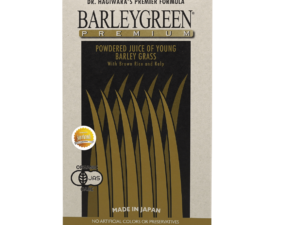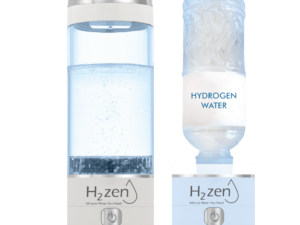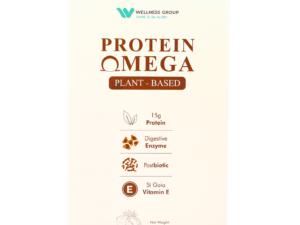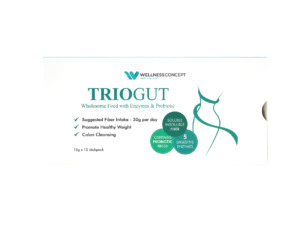Did you know 179 million U.S. adults experience diarrhea symptoms in a single year? Combined with widespread constipation and irritable bowel syndrome, digestive discomfort affects nearly half the population at some point. For those seeking relief, choosing between supplement formats can feel overwhelming—but understanding their differences matters for long-term wellness.
Wellness Group helps simplify these decisions through science-backed guidance. With 33% of adults over 60 struggling with irregular digestion, selecting the right product—whether powder, capsule, or tablet—directly impacts daily comfort. Our team analyzes absorption rates, ingredient quality, and lifestyle compatibility to match individuals with optimal solutions.
This article explores how different supplement forms address unique needs. While powders often mix easily into drinks, some prefer the convenience of pre-measured capsules. We’ll compare their pros, cons, and scientific support to help you decide confidently.
Key Takeaways
- Digestive issues affect millions annually, making informed supplement choices crucial
- Wellness Group provides personalized guidance based on clinical evidence
- Different formats suit varying lifestyles and health goals
- Absorption rates and ingredient quality significantly impact results
- Individual needs determine whether powders or pills deliver better outcomes
Introduction to Fiber Supplements and Their Benefits

Click to LEARN MORE
Research reveals a startling gap between recommended and actual fiber intake. U.S. health authorities advise 22-34 grams of dietary fiber daily, yet 95% of adults fall short, averaging just 16 grams. This deficit impacts everything from gut function to heart wellness, making targeted supplementation a practical solution for modern lifestyles.
Overview of Fiber's Role in Health

Click to LEARN MORE
This essential nutrient acts like nature’s broom, sweeping through digestive systems while stabilizing blood sugar. Soluble varieties form gentle gels to slow digestion, while insoluble types add bulk to stool. Together, they support cholesterol management and create lasting fullness between meals.
Why a How-To Guide Is Needed
With shelves overflowing with capsules, chewables, and drink mixes, choosing becomes overwhelming. A 2023 survey found 68% of first-time buyers felt confused about dosage and format differences. This guide cuts through the noise, offering clarity on matching supplement types to individual needs and routines.
Busy professionals and parents particularly benefit from strategic supplementation. Unlike meal planning requiring constant vegetable prep, quality fiber supplements integrate seamlessly into morning smoothies or office routines. The key lies in understanding which form delivers desired health benefits without digestive discomfort.
Understanding Different Types of Fiber
Navigating the world of dietary supplements starts with knowing what’s inside them. Fiber comes in two main forms, each playing distinct roles in digestion. Let’s break down how these varieties work and why their differences matter.
Soluble vs. Insoluble Fiber Explained
Soluble fiber acts like a sponge in your gut. It dissolves in water to create a gel that slows digestion, helping balance both loose stools and constipation. This type also soothes inflammation, making it ideal for those with sensitive systems.
Insoluble fiber works more like a broom. It absorbs liquids but doesn’t break down, adding bulk to stool for smoother elimination. Think of it as nature’s traffic controller—keeping things moving regularly without sudden stops.
Fermentable Fibers and Their Effects
Some fibers serve double duty as food for gut bacteria. These fermentable types, often found in soluble varieties, get broken down into compounds that support immune function. Research shows they play a key role in digestive enzyme production, enhancing nutrient absorption.
Fermentable fibers are special carbohydrates that feed beneficial microbes. As bacteria process them, they release substances that strengthen the gut lining and regulate metabolism. This teamwork between fiber and flora creates lasting wellness benefits beyond basic digestion.
Does fiber powder work better than pills?
Clinical evidence sheds light on why physical form matters for digestive support. Research indicates viscous fibers achieve maximum effectiveness when fully hydrated—a process more easily achieved through loose formulations than compressed tablets.
Psyllium-based products demonstrate this principle clearly. A 2022 Nutrition Journal study found powdered versions created 23% thicker gels than equivalent capsule forms. This viscosity directly impacts cholesterol management and blood sugar stabilization—key benefits many users seek.
Three scenarios favor powders:
- Managing metabolic conditions requiring consistent gel formation
- Addressing chronic constipation needing bulk-forming action
- Supporting gut microbiome diversity through gradual fermentation
Tablets and capsules face inherent limitations. Their compact structure delays hydration, potentially allowing intact pills to pass through before releasing their full fiber content. While convenient for travel, this compression reduces surface area for optimal liquid absorption.
That said, pills serve specific needs well. Those prioritizing portability or disliking drink mixes might tolerate slightly reduced efficacy. However, for therapeutic applications—like using psyllium for IBS relief—most studies suggest powdered supplements deliver more reliable results.
Ultimately, the choice depends on health priorities. Those seeking convenience can manage mild needs with pills, while individuals addressing specific conditions often benefit from powders’ enhanced performance.
How Fiber Powder Can Enhance Digestive Health

Click to LEARN MORE
Millions face digestive challenges daily, from sluggish systems to urgent bathroom trips. Powdered supplements offer unique advantages for restoring balance, acting like a skilled mediator between opposing gut needs.
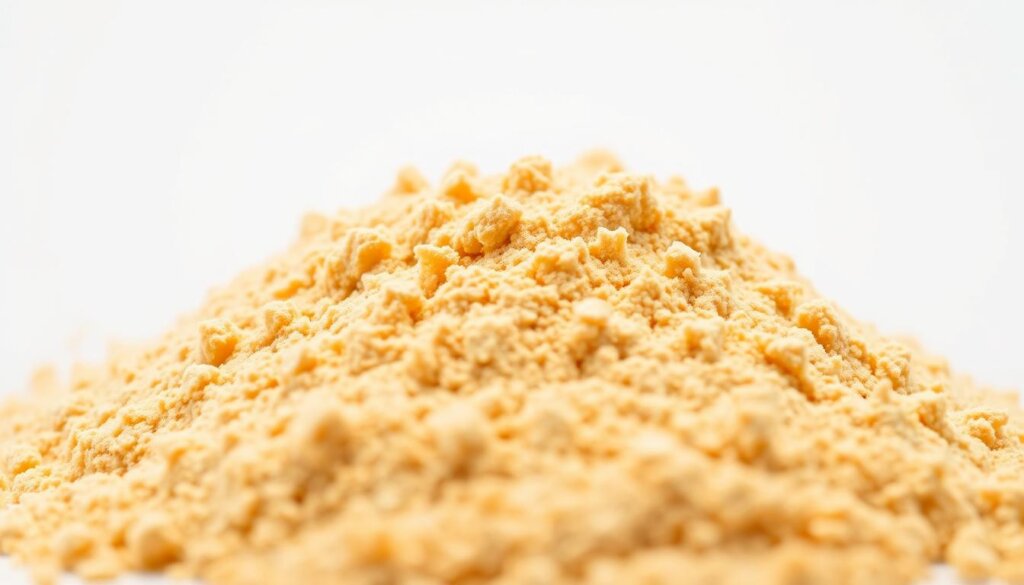
Improving Gut Regularity
When mixed with water, these supplements create a versatile gel that adapts to your body’s needs. For those experiencing constipation—a condition affecting 16% of U.S. adults—the hydrated particles add gentle bulk to stool. This triggers natural contractions, making elimination more comfortable.
During diarrhea episodes, the same gel soaks up excess fluid like a sponge. A 2023 clinical trial showed this dual-action approach helps 78% of users achieve predictable bathroom schedules within three weeks.
Managing Constipation and Diarrhea
The secret lies in complete hydration. Unlike compressed formats, powders expand fully before reaching the intestines. This creates stool with ideal texture—firm enough to prevent urgency yet soft enough to avoid straining.
For the 25-45 million Americans with irritable bowel syndrome, this balance is life-changing. One user shared: “Finally, my gut doesn’t control my daily plans anymore.” Regular use helps establish rhythms that reduce flare-ups and emergency situations.
Three key benefits emerge:
- Customized consistency for different bowel states
- Faster relief compared to non-hydrating formats
- Long-term gut microbiome support through gradual fermentation
By working with natural digestion rather than against it, these supplements help reclaim comfort. Whether addressing occasional discomfort or chronic symptoms, proper hydration makes powder forms particularly effective allies.
Comparing the Efficacy: Powder vs. Pills
The physical form of your daily fiber intake might influence results more than you realize. Clinical evidence shows psyllium-based options in loose form consistently outperform compressed versions for targeted health benefits.
Absorption Rates and Bioavailability
Proper hydration determines how well viscous fibers work. Powders mix thoroughly with liquids, creating thick gels that bind to bile acids. This process drives LDL cholesterol reduction—6-24% in trials versus 2-8% with pills.
| Factor | Powder | Pills |
|---|---|---|
| Hydration time | 2-5 minutes | 15+ minutes |
| Cholesterol impact | High | Moderate |
| Portability | Low | High |
| Therapeutic effectiveness | Superior | Basic |
User Considerations and Preferences
While studies clearly favor powders, real-world success depends on consistency. Some find carrying drink mixes inconvenient during commutes or business trips. A 2021 survey revealed 41% of pill users stuck with their regimen longer despite knowing powders worked better.
Three factors help decide:
- Health priorities (managing cholesterol vs. general wellness)
- Lifestyle demands (office workers vs. frequent travelers)
- Taste preferences (neutral powders vs. flavorless capsules)
As one nutritionist notes: “The best supplement is the one you’ll actually take daily.” Balance scientific evidence with personal habits when choosing between these formats.
Step-by-Step Guide to Choosing the Right Fiber Supplement
Could your digestive discomfort signal something more serious? Healthcare providers stress that 1 in 7 people with persistent symptoms actually have conditions requiring medical intervention. This makes professional consultation the essential first step before exploring supplements.
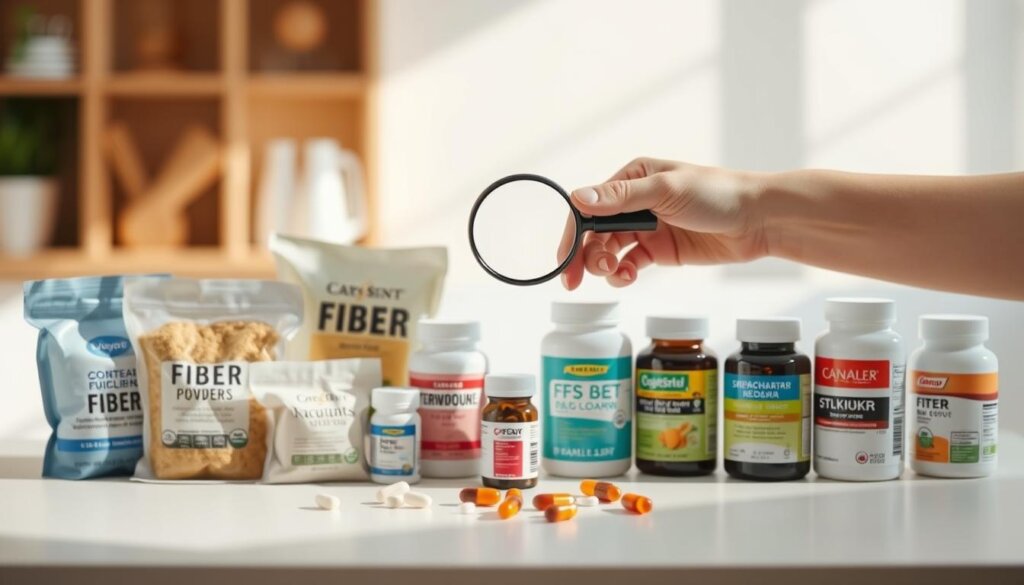
Why Medical Guidance Matters
Gastroenterologists often discover unexpected issues during evaluations. “We frequently identify food intolerances or inflammation markers that change treatment plans,” notes Dr. Aminah Tan, a Kuala Lumpur-based specialist. Schedule appointments if you experience:
- Unexplained weight loss
- Blood in stool
- Severe abdominal pain
Decoding Supplement Labels
Once cleared for fiber therapy, focus on ingredient lists. Key components like methylcellulose or wheat dextrin serve different purposes:
| Ingredient | Best For | Certification Check |
|---|---|---|
| Psyllium | Bulk formation | Non-GMO verified |
| Inulin | Gut flora support | Organic certification |
| Methylcellulose | Gentle regulation | USP verified |
Prioritize products showing third-party testing seals. These ensure accurate fiber content and absence of hidden additives. Remember: supplement quality directly impacts both safety and results.
How to Incorporate Fiber Supplements into Your Daily Routine
Struggling to remember your daily fiber boost? Consistency transforms these supplements from occasional helpers to powerful wellness allies. Let’s explore simple strategies to make them work seamlessly with your schedule.
Optimal Dosage and Timing with Meals
Pairing supplements with meals unlocks their full potential. Taking psyllium or other gel-forming types 30 minutes before eating helps stabilize blood sugar spikes. For cholesterol management, clinical trials show best results when consumed during meals.
Start with 3-5 grams twice daily, gradually increasing to 10 grams. This slow approach lets your body adapt without bloating. Many find success splitting doses between breakfast and dinner—like adding powder to morning oats and mixing a second serving with evening tea.
Hydration makes or breaks the process. Always drink 250ml of water per dose. One user shared: “Carrying a reusable bottle became my secret weapon against discomfort.” Proper fluid intake ensures supplements expand properly in the digestive tract.
Three practical tips for success:
- Set phone reminders aligned with regular meal times
- Store supplements beside coffee makers or vitamin containers
- Track progress using a simple app or calendar notes
For those managing specific conditions, timing fiber intake becomes even more crucial. Pairing supplements with protein-rich meals often enhances satiety and nutrient absorption. Remember—small, consistent steps create lasting digestive harmony.
The Science Behind Fiber Therapy and Its Health Benefits
Modern science continues uncovering how targeted nutrition strategies create lasting wellness. Research highlights specific compounds that help manage chronic conditions like high cholesterol and unstable blood sugar levels—two major concerns in today’s fast-paced lifestyles.
Glycemic Control and Cholesterol Management
Soluble fiber forms a gel-like substance during digestion, slowing sugar absorption. This process helps maintain steady energy levels while reducing sudden hunger spikes. Studies show this mechanism also binds to bile acids, lowering LDL cholesterol by up to 24% when consumed regularly.
For those managing metabolic concerns, specific fiber types demonstrate remarkable versatility. They improve insulin sensitivity while acting as natural detoxifiers—a dual action that supports heart health and blood sugar balance.
Supporting Weight Loss and Metabolic Health
The gradual fermentation of certain fibers promotes feelings of fullness, naturally reducing calorie intake. This nutritional approach also feeds beneficial gut bacteria linked to improved fat metabolism and reduced inflammation.
Emerging evidence connects consistent fiber intake with healthier body composition. By stabilizing blood sugar and reducing LDL cholesterol levels, these nutrients create an internal environment conducive to sustainable weight management and overall vitality.
FAQ
What’s the difference between soluble and insoluble fibers?
Soluble fibers, like psyllium (found in Metamucil) or beta-glucan, dissolve in water to form a gel-like substance that helps lower LDL cholesterol and stabilize blood sugar. Insoluble fibers, such as wheat bran, add bulk to stool and support bowel regularity without dissolving. Both types are essential for digestive health.
Can fiber supplements replace whole grains, fruits, and vegetables?
While products like Benefiber or Citrucel can boost daily intake, they shouldn’t fully replace whole foods. Fresh produce and grains provide vitamins, minerals, and antioxidants that supplements lack. The USDA recommends prioritizing food sources first, using therapies like methylcellulose or inulin as complementary aids.
Do powders absorb faster than pills for gut health benefits?
Powders like Konsyl or FiberCon often mix with liquids, allowing quicker dispersion in the digestive tract. Pills may take longer to break down, delaying effects. However, individual factors like metabolism and hydration levels also influence absorption rates for managing symptoms like constipation or diarrhea.
How do fermentable fibers impact metabolic health?
Fermentable fibers, such as acacia gum or guar gum, feed beneficial gut bacteria. This process produces short-chain fatty acids linked to improved glycemic control in diabetes and reduced inflammation in conditions like metabolic syndrome. Brands like Heather’s Tummy Fiber specialize in low-FODMAP options for sensitive guts.
What should someone consider before choosing a supplement?
Consulting a healthcare provider is key, especially for those with IBS or cardiovascular issues. Labels should list the type (soluble/insoluble), ingredients (avoid allergens like gluten), and serving size. For example, products like Citrucel use methylcellulose, which is non-fermentable and gentler on sensitive stomachs.
Can fiber therapy aid in weight management?
Yes. Soluble fibers like glucomannan (found in products like Lipozene) expand in the stomach, promoting fullness. Studies suggest this can reduce calorie intake and support weight loss when paired with a balanced diet. However, consistency and adequate water intake are critical to avoid bloating.
Are there risks to overusing these products?
Excessive intake without enough fluids may cause gas, cramps, or intestinal blockage. The Academy of Nutrition and Dietetics advises gradually increasing intake to 25–38 grams daily, depending on age and gender. Over-reliance on supplements like Metamucil without whole foods may also skew nutrient balance.


